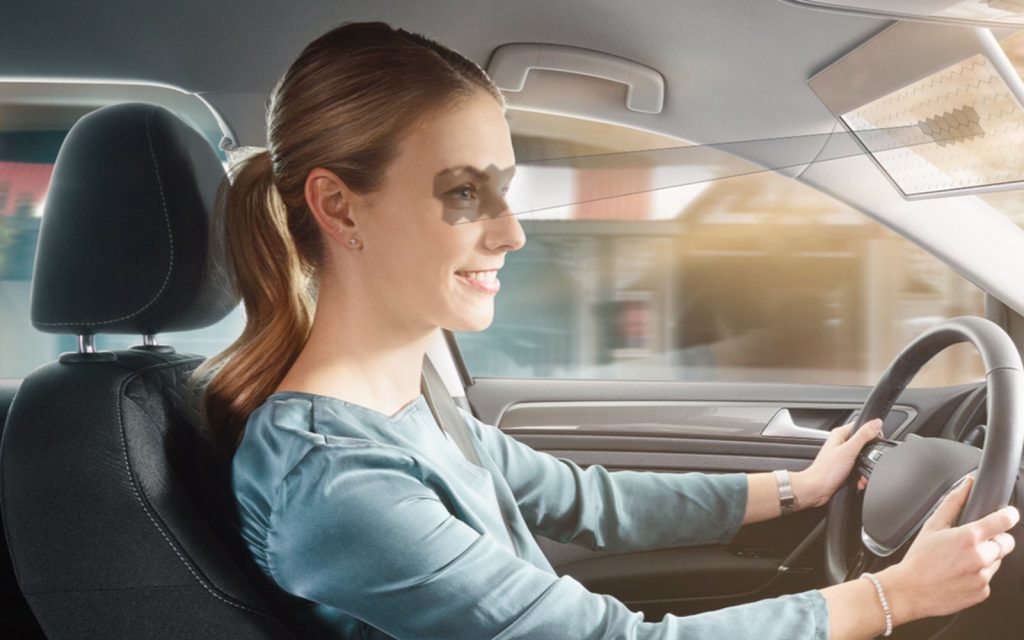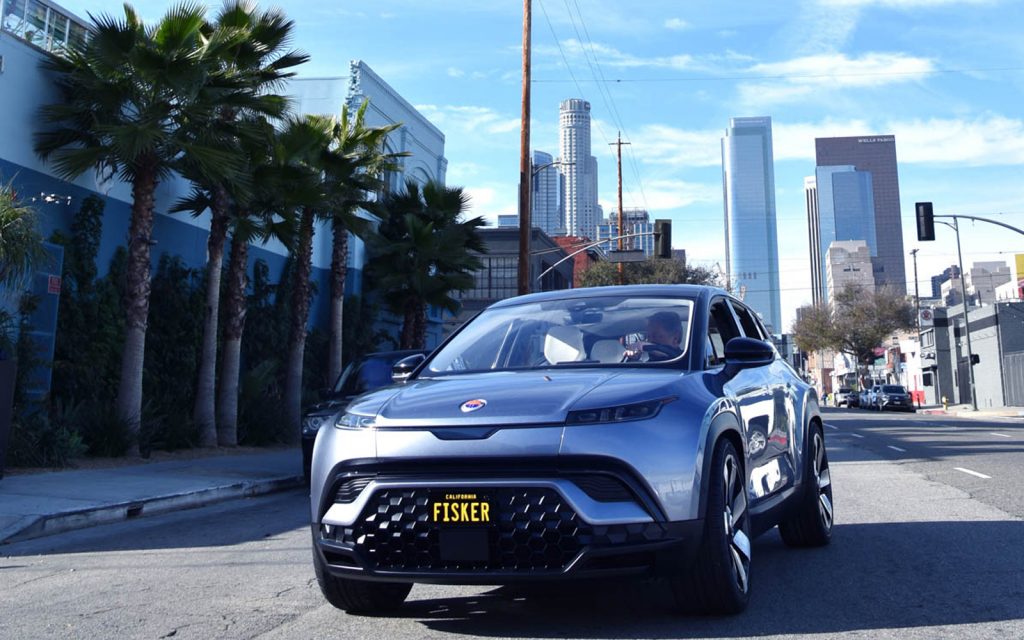Advancements in Mobility That Will Change Travel
From air cabs to cars that can converse, innovations to take us on all kinds of journeys

The convergence of mobility and technology is one of the most interesting topics on our minds, especially during CES. Be it electric scooters and drone taxis or electric vehicles and autonomous road-assistants, transport-related innovations that have debuted at the show have eventually become part of everyday life, while others show promise but are further out.
For instance, Mercedes-Benz’s VISION AVTR concept, made in partnership with the Avatar films creative team takes a look twenty years out and drew crowds at the unveiling and at a midnight drive on the Vegas Strip. Segway’s S-Pod upright scooter concept impressed, and Karma (the car maker and “high-tech incubator”) made bold moves by announcing multiple outside partnerships with companies in support of a range of software and systems. From a vegan SUV to a smartphone power bank that can jumpstart your car, here are a few of the most noteworthy developments in mobility and transportation at CES 2020.

Sony Vision-S Concept Car
Not many of those in attendance at Sony’s press conference expected the company to roll a nearly production-ready automotive vehicle onto the stage during their presentation. The Vision-S Concept Car emphasizes “safety, entertainment and adaptability” and aims to be the first electric vehicle that employs technology with a 360-degree point of view. It features a sprawling dash-width LED display that’s powered by a 5G-capable, interior computer along with an exterior “Safety Cocoon” that uses 33 sensors to instantly react to traffic patterns, pedestrians, road conditions and the status of the driver (if the car is not in autonomous mode). Though it’s unlikely that we will see the Vision-S concept on the road any time soon, it’s evident that Sony is looking to be a player within the space in multiple fronts.

Bosch Smart Visor
Powered by AI, Bosch’s smart sun visor is transparent when flapped down; sensors within its structure detect where the driver’s eyes are and darken the area accordingly. The visor employs a computer’s intelligence to remain translucent, with the exception of the particular sources of sunlight. The innovation will drastically reduce the amount of visual obstruction visors cause, thus making drivers more capable in brighter conditions and accidents less likely.

Amazon Alexa Inside the 2020 Huracán EVO
Emphasizing driver experience, Lamborghini unveiled its plan for including Amazon Alexa within the 2020 Huracán EVO. A first-ever for the auto industry, it places Alexa as an integrated component of the car’s operating system—not just accommodating it as a plug in. It therefore allows full car-control, affording drivers and passengers to tell Alexa to control the temperature, entertainment and navigation and other car functions. As the Alexa inside will be connected to the individual’s account, the in-car voice assistant can also control house-based appliances and accessories like a garage door, lights, thermostat and other connected devices. We can expect that this gets rolled out with all new vehicles from the brand as they are updated or released.

SLD Laser LiFi Technology
SLD Laser is not well known to consumers but is one of the automotive industry’s leader providers of ultra-bright lighting solutions and their laser technology has applications beyond illumination. In the future, when autonomous cars are constantly communicating with other cars and their environment, our vehicles can and will employ LiFi—data transmission using laser light—to transfer data at speeds of up to 20 GB/sec. As almost every street is brightened by some sort of public lighting apparatus, the laser lights can potentially relay messages to streetlights and vice versa.

Fisker Ocean
Set to arrive in 2022, Fisker’s entry into the electric SUV segment comes courtesy of the Ocean, an all-electric, zero-emissions vegan-friendly car. Employing sustainable synthetic leather and materials made from recycled ocean material throughout, the Ocean is among the most considered electric vehicles we’ve seen. At launch, the SUV will boast between 250 and 300 miles of range and an option for a solar sunroof, which would provide drivers with enough charge for 1,000 miles each year. Best of all, the offering comes in at under $40,000 standard, and under $30,000 with US tax credits.

Mophie Powerstation Go
Mophie’s portable Powerstation Go proves capable of juicing a wide variety of devices, courtesy of its 65W AC and dual USB ports and wireless charging pad. The block is small enough to be portable, but it’s strong enough to jumpstart a car battery. The accessory can safely (without sparks) kickstart a dead battery, in-between charging phones and computers. The Powerstation Go is already available for $160.

Hyundai and Uber’s SA-1
Unlike 2019’s Bell and Uber collaboration, this year’s Hyundai partnership positions Uber even closer to real-life application. With Uber’s helicopter service debuting in NYC, the company’s desire to transition to air travel has never been more obvious. With their Hyundai-built drone taxi, Uber eyes a potential form for their vision. The drone could hit a top speed of 180mph, be powered 100% electrically, and take guests on trips as far as 60 miles. Theoretically, trips out of Manhattan or nearby airports would be reduced to mere minutes, courtesy of a traffic-free cruising altitude of 1,000-2,000 feet.
Images courtesy of respective venues, hero image courtesy of Sony












